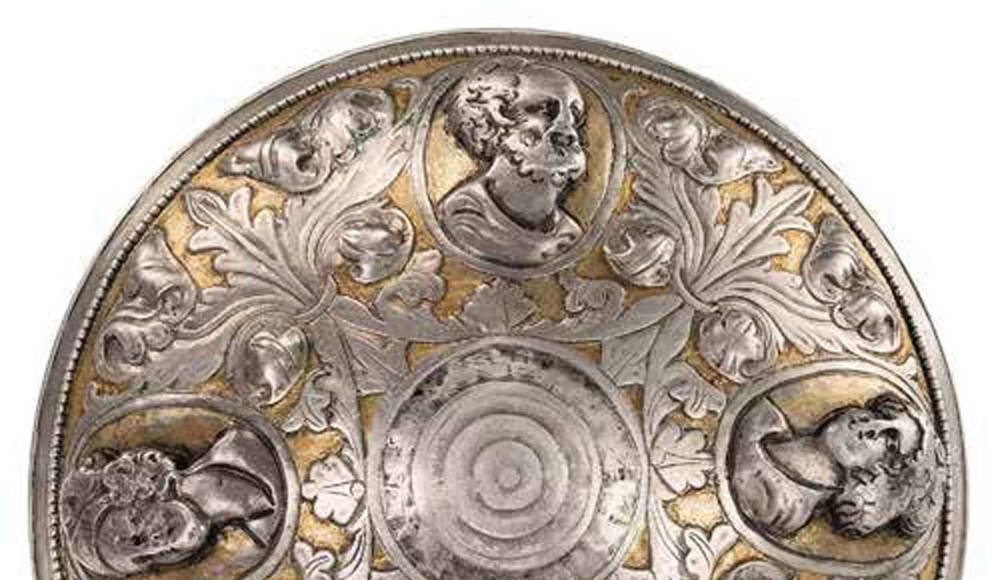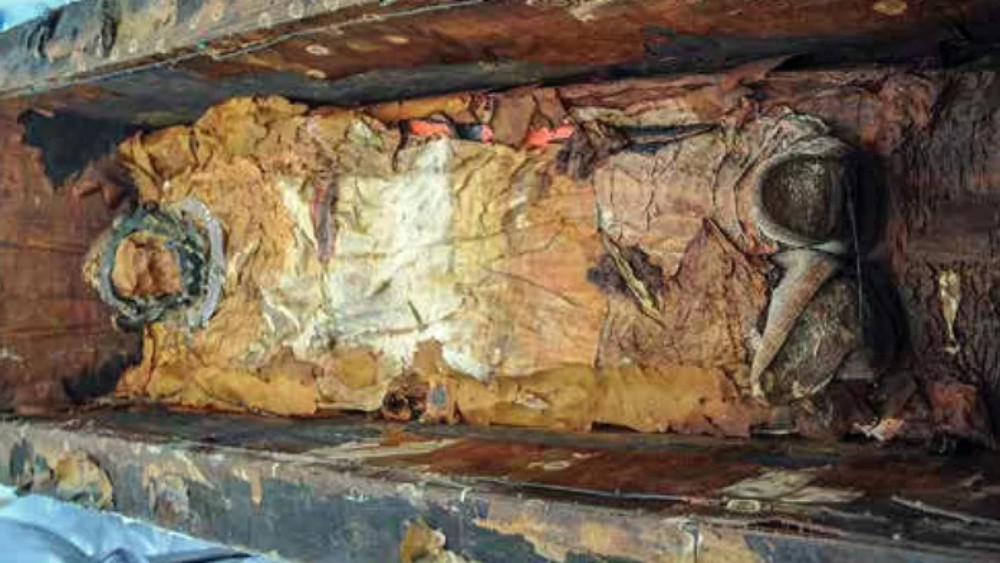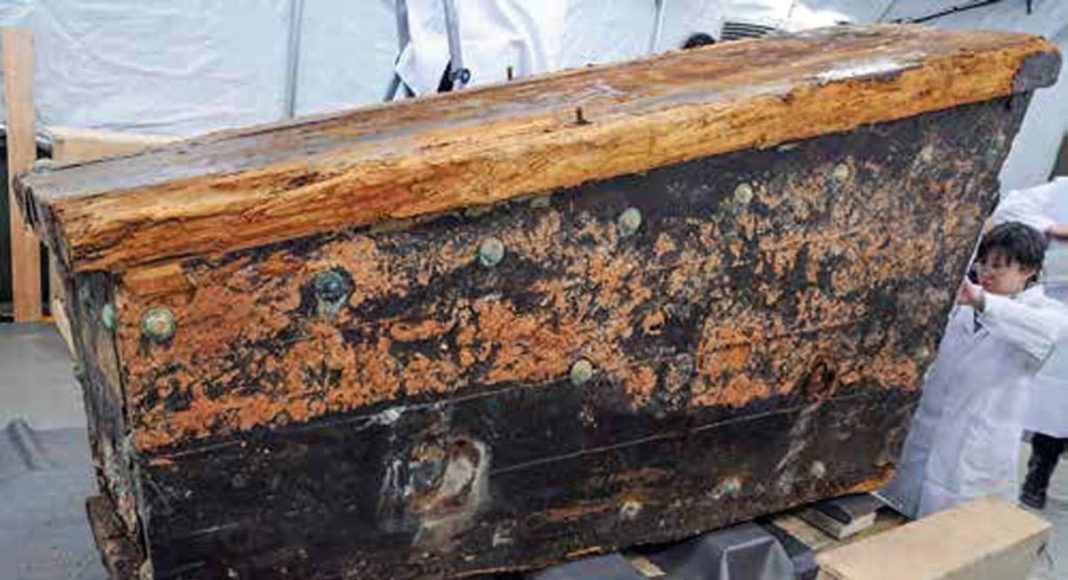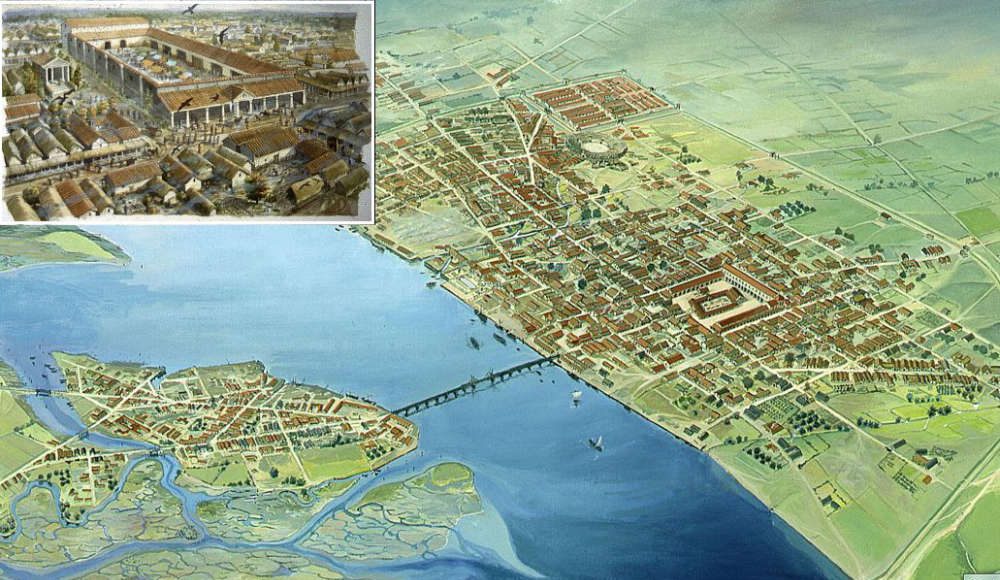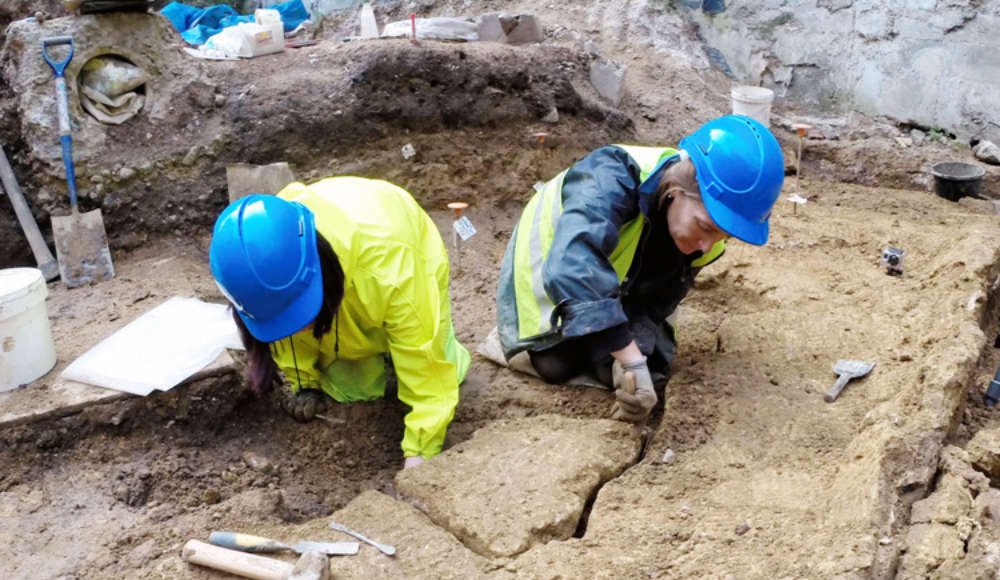Just how connected was the ancient world? A discovery sheds light on just how aligned the ancient Chinese were with the Greeks. Archaeologists from the Inner Mongolia University and the Inner Mongolia Museum completed their study on artifacts from a 1500-year-old tomb and made a rather interesting discovery.
The tomb uncovered in a cemetery in Inner Mongolia, housed artifacts that detailed the connections made along the so-called “silk roads,” or trade routes that crisscrossed Asia and Europe. The tomb was filled with artifacts such as pottery, jewelry, boots, other goods, and an intact mummy wrapped in yellow silk and adorned in intricate gold jewelry, possibly implying that he was a dynastic ruler.
Interestingly enough the tomb also contained a gilded silver bowl decorated with busts of gods and goddesses of the Greek Pantheon. But why?
The tombs are concentrated in one area in an orderly array and evidence a high standard of construction and furnishing. It seems obvious that this was an aristocratic family cemetery from the Northern Wei period. However, the manufacturing techniques and design of the metalwork show some elements belonging to the peoples living in the Eurasian steppes. There are even some rare relics, such as the gilt silver bowl with Hellenistic motifs, which seem to be imports from Central and Western Asia.
The bowl, in particular, sheds light on just how connected the ancient world was, and it also shows that potentially they all worshiped the same deities, they just go by different names.
The discovery also sheds more light on the fact that the ancient occult world was very linked. Previously discovered was yet another ancient Chinese skeleton buried in Londinium, modern day London. The Londinium discovery baffled many because it was previously theorized that the ancient world was very disconnected, but rather, in light of new findings it is becoming rather apparent just how connected they were.
Within the past decade, researchers have successfully applied isotopic analyses of strontium and oxygen to human remains from various settlements in Roman Britain in order to identify the migrant status of the inhabitants.[…] The results suggest that the geographic origins of the population of Roman London varied, comprising individuals local to Londinium and Britannia, but also from further afield.
The ancient world apparently was also a big partaker in globalism, but that didn’t work out so well. The Bible says that there is nothing new under the sun and these recent discoveries further shed light on that fact.
The reality and possibility that the ancient Greeks and Chinese could have been worshipping the same deities speaks to even more Biblical truth because it’s the same enemy, and throughout time the enemy, the occult, has changed the names of their gods. What say you reader?
Works Cited
Owen Jarus, Live Science Contributor. “Silk-Covered Body Discovered at Inner Mongolia Cemetery.” Live Science. . (2017): . .
Brett Tingley. “Mysterious Ancient Chinese Mummy Buried with Greek Goddesses.” Mysterious Universe. . (2017): . .
Heidi Shaw, Janet Montgomery, Rebecca Redfern, Rebecca Gowland, Jane Evans. “Identifying migrants in Roman London using lead and strontium stable isotopes.” Science Direct. . (2016): . .


